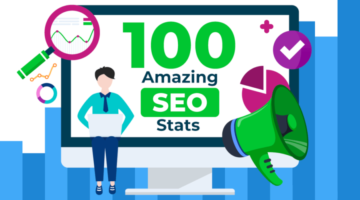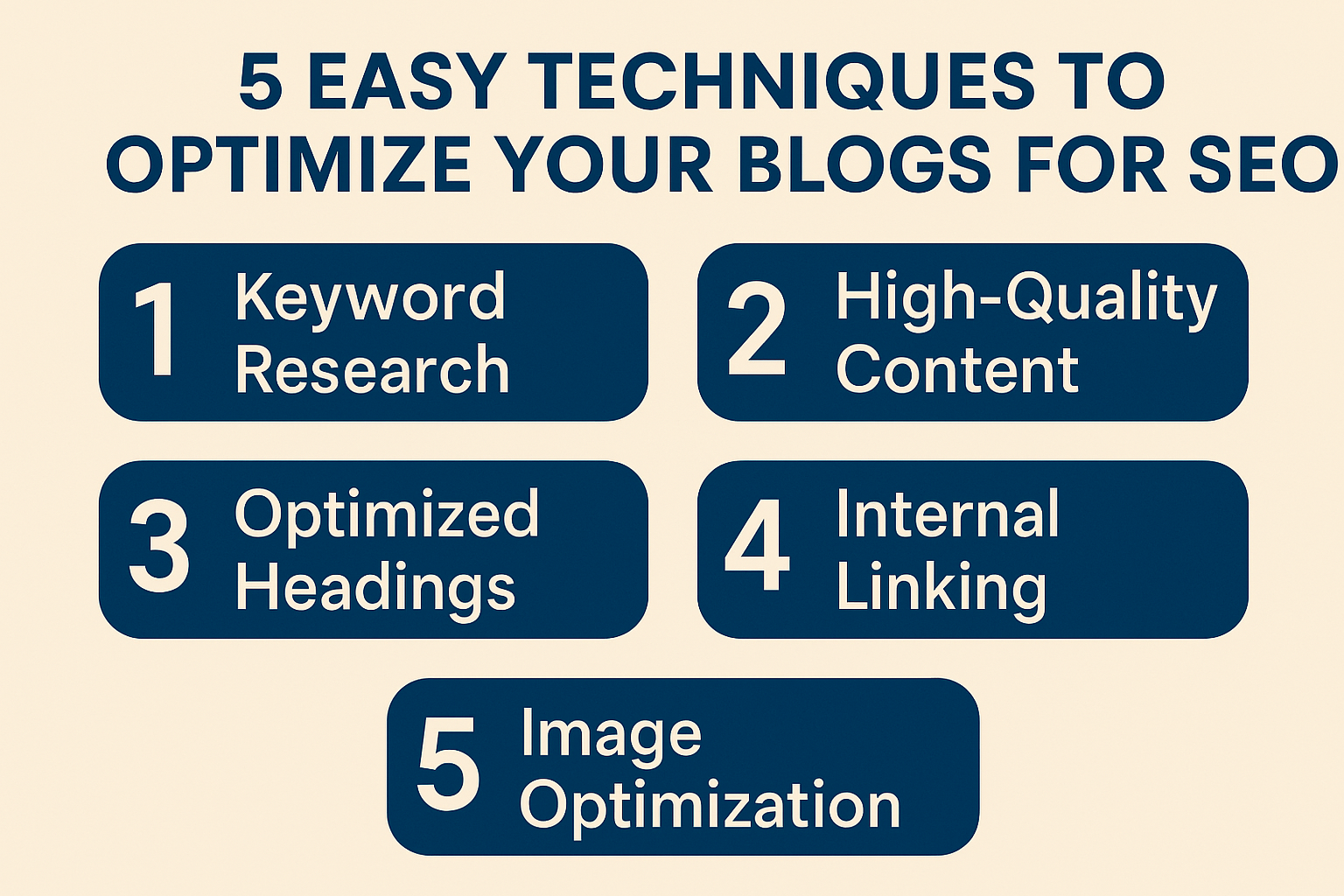Digital Marketing Boost
Digital Marketing Boost Understanding Consumer Behavior: Tailoring Digital Marketing Strategies for Maximum Impact and Community Engagement
In the ever-evolving landscape of digital marketing, understanding consumer behavior has become paramount for small businesses aiming to make a significant impact. The ability to tailor digital marketing strategies with precision can transform how companies engage with their audiences, fostering not just visibility but genuine community engagement. By harnessing the power of social media engagement, SEO for small businesses, and authentic storytelling, small companies can create a robust online presence that resonates deeply with their target market. This blog post will explore innovative strategies, including the use of interactive content and influencer collaborations, to enhance your marketing efforts and foster lasting connections. With data-driven insights at the forefront, small business owners and marketing professionals can confidently navigate the digital realm, ensuring every campaign is both impactful and resonant.
Leveraging Digital Marketing Strategies
In today’s digital landscape, small businesses must leverage the power of effective digital marketing strategies to differentiate themselves and achieve success. This section explores key areas where companies can focus their efforts for maximum impact.
Enhancing Social Media Engagement
Social media engagement is crucial for building brand awareness and fostering customer relationships. It’s not just about posting content; it’s about creating meaningful interactions.
To boost engagement, focus on creating valuable, shareable content that resonates with your audience. Use a mix of formats, such as images, videos, and polls, to keep your feed diverse and engaging.
Consistency is key. Develop a posting schedule and stick to it. This helps maintain a steady presence and keeps your audience engaged.
Respond promptly to comments and messages. This demonstrates that you value your audience’s input and are committed to fostering meaningful relationships. Consider using social media management tools to streamline this process.
SEO for Small Businesses
Search Engine Optimization (SEO) is crucial for small businesses seeking to enhance their online presence. It helps your website rank higher in search results, driving organic traffic.
Start by conducting keyword research to identify terms your target audience is searching for. Incorporate these keywords naturally into your website content, meta descriptions, and headers.
Create high-quality, relevant content that addresses your audience’s needs and questions. This not only improves your search rankings but also establishes your business as an authority in your field.
Local SEO is crucial for small businesses. Ensure your Google My Business listing is complete and up-to-date, and encourage satisfied customers to leave reviews.
Importance of Interactive Content
Interactive content engages users on a deeper level, increasing the time spent on your site and enhancing the overall user experience.
Examples of interactive content include quizzes, polls, calculators, and interactive infographics. These not only entertain but also provide value to your audience.
By encouraging active participation, interactive content can significantly boost engagement rates. It also provides valuable data about your audience’s preferences and behaviors.
Consider creating a simple quiz related to your products or services. This can help guide customers towards the right solutions while gathering insights about their needs.
Building Meaningful Connections
Creating lasting relationships with customers goes beyond just selling products or services. This section explores strategies for building genuine connections with your audience.
Power of Authentic Storytelling
Authentic storytelling is a powerful tool for connecting with your audience on an emotional level. It humanizes your brand and makes it more relatable.
Share your company’s journey, including challenges and successes. This transparency can build trust and loyalty among your customers.
Use various platforms to tell your story – your website, social media, and even email newsletters. Consistency across channels reinforces your message.
Personal anecdotes from team members or customers can add depth to your brand story. These real-life experiences make your brand more authentic and approachable.
Effective Influencer Collaborations
Influencer collaborations can significantly expand your reach and credibility when done right. It’s about finding the right fit for your brand.
Start by identifying influencers whose values align with your brand. Look beyond follower count – engagement rate and audience demographics are equally important.
Develop a clear brief for the collaboration, but allow room for the influencer’s creativity and originality. Their authentic voice is what resonates with their followers.
Measure the success of your collaborations using metrics like engagement rate, website traffic, and conversions. Use these insights to refine future partnerships.
Fostering Community Engagement
Building a community around your brand can lead to increased loyalty and word-of-mouth marketing. It’s about creating a space where customers feel valued and heard.
Start by identifying common interests or pain points among your customers. Use these as a foundation for community-building activities.
Encourage user-generated content through contests or hashtag campaigns. This not only provides social proof but also makes customers feel part of your brand story.
Regularly host Q&A sessions or live events to interact directly with your community. This personal touch can significantly strengthen customer relationships.
Utilizing Data-Driven Insights
In the digital age, data is a powerful tool for refining marketing strategies. This section explores how to leverage data for more effective marketing.
Consumer Behavior Analysis
Understanding consumer behavior is crucial for tailoring your marketing efforts effectively. It involves analyzing how customers interact with your brand across various touchpoints.
Use web analytics tools to track user behavior on your website. Look at metrics like page views, time on site, and conversion rates to understand what content resonates with your audience.
Social media insights can provide valuable data on engagement rates and audience demographics. Use this information to refine your content strategy and posting times.
Consider using surveys or feedback forms to gather direct insights from your customers. This qualitative data can complement your quantitative analysis.
Multi-Channel Marketing Approach
A multi-channel approach ensures your message reaches customers across various platforms, creating a cohesive brand experience.
Start by identifying the channels most relevant to your target audience. This could include social media, email, content marketing, and paid advertising.
Ensure consistency in messaging and branding across all channels. This reinforces your brand identity and improves recognition.
Use data from each channel to inform your overall strategy. For example, insights from email campaigns could help refine your social media content.
Benefits of Email Marketing
Email marketing remains one of the most effective digital marketing tools, offering personalized communication and a high return on investment (ROI).
Segment your email list based on customer behavior or demographics. This allows for more targeted and relevant messaging.
Use automation to send timely, personalized emails. Welcome series, abandoned cart reminders, and post-purchase follow-ups can significantly boost engagement.
Regularly analyze your email metrics, including open rates, click-through rates, and conversions. Use these insights to refine your email strategy continually.















